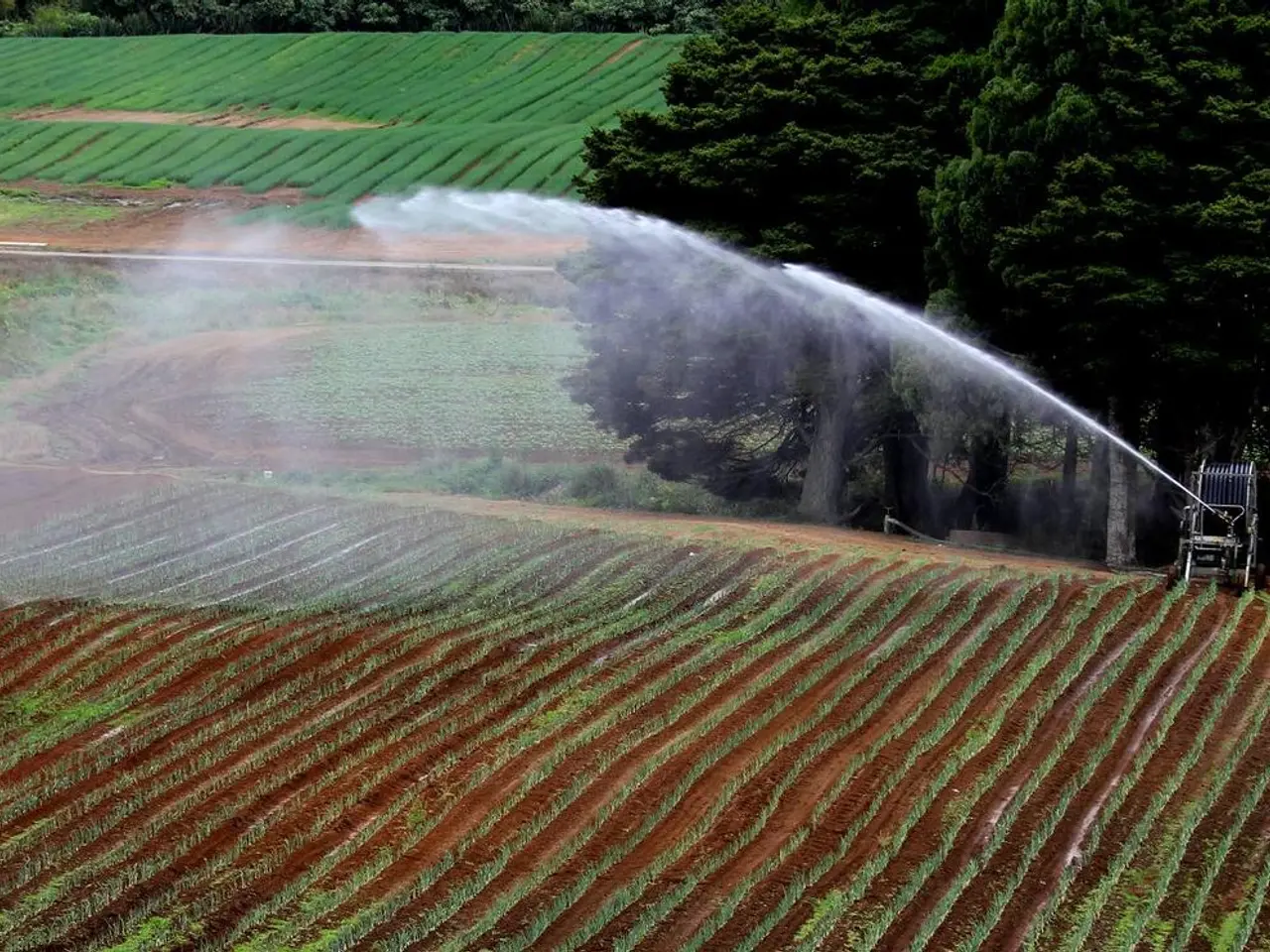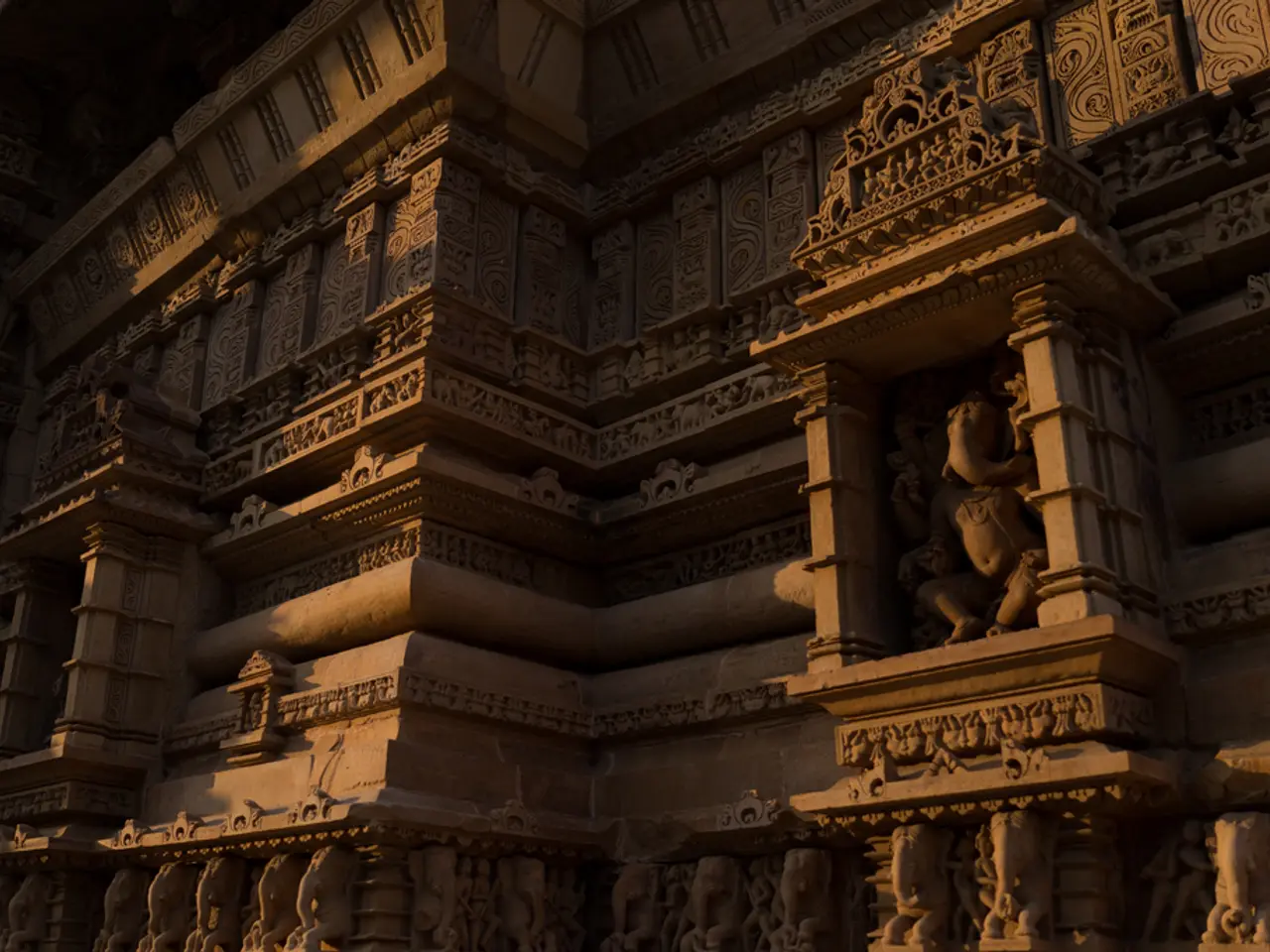Maharashtra Introduces 10-Year Plan for Protecting Maratha Forts
**Headline:** 10-Year Conservation Plan Unveiled for UNESCO-Listed Maratha Military Landscapes
**Sub-Headline:** A comprehensive approach to preserving 12 historic forts linked to Chhatrapati Shivaji Maharaj
The Maratha Military Landscapes, recently added to the UNESCO World Heritage List, are set to undergo a significant 10-year conservation plan. The initiative, focusing on 12 forts linked to Chhatrapati Shivaji Maharaj, aims to preserve these historical sites for future generations while managing increased tourism.
## Key Components of the Plan
The conservation and preservation of the forts' historical integrity is at the heart of the plan. Comprehensive conservation efforts, including repairs and restoration, will be carried out, ensuring the forts' original architectural and historical significance is maintained [2][4].
Tourism management is another crucial aspect of the plan. With the UNESCO listing expected to boost tourism, measures will be put in place to manage visitor footfall effectively. High-priority areas with high visitor numbers will receive special attention to ensure sustainable tourism practices [2][4].
Waste management and infrastructure will also be prioritised. The initiative will focus on improving waste management at the fort sites and enhancing the supporting infrastructure to accommodate increased tourism while preserving the natural and cultural environment [2][4].
Community integration and education are essential components of the plan. Community engagement and educational programs will be implemented to raise awareness about the forts' historical significance, promote local employment, and encourage youth participation in heritage conservation [3][4].
## Implementation and Coordination
The conservation project will involve collaboration between multiple government departments, including district planning committees, the Public Works Department (PWD), the tourism department, and other agencies [2][4].
Each fort will be treated individually, recognising that a uniform approach won't be effective for conservation. The plan is based in Chhatrapati Sambhajinagar, with a focus on all 12 forts located across Maharashtra and one in Tamil Nadu [4].
The 12 forts included in the UNESCO listing are Raigad, Rajgad, Pratapgad, Panhala, Shivneri, Lohgad, Salher, Sindhudurg, Vijaydurg, Suvarnadurg, Khanderi in Maharashtra, and Gingee Fort in Tamil Nadu [1][2].
In communities residing on the forts, efforts will be made to give the locality a traditional and heritage-friendly look. Manpower and garbage management have been identified as critical areas, with a nominal fee for waste management and security possibly being levied by district administrations [2].
The official has emphasised the importance of sensitising visitors to the historical and cultural significance of the forts, noting that public awareness and responsible tourism are essential for their preservation. The official has also highlighted the complexities of the conservation project due to the varied topography and historical uniqueness of each fort [3].
The initiative aims to maintain the historical integrity, improve waste management, and deploy necessary personnel, with priority given to areas with high visitor footfall. The project is set to commence soon, ensuring the protection and preservation of these historic sites for future generations.
Regarding the 10-year conservation plan, it's not just about preserving the historical forts, but also enhancing the surrounding home-and-garden environments of the local communities to maintain a traditional, heritage-friendly look. Furthermore, an essential aspect of the plan involves educating the public, encouraging them to understand and appreciate the lifestyle and historical significance of the Maratha Military Landscapes, ensuring responsible and sustainable tourism.




